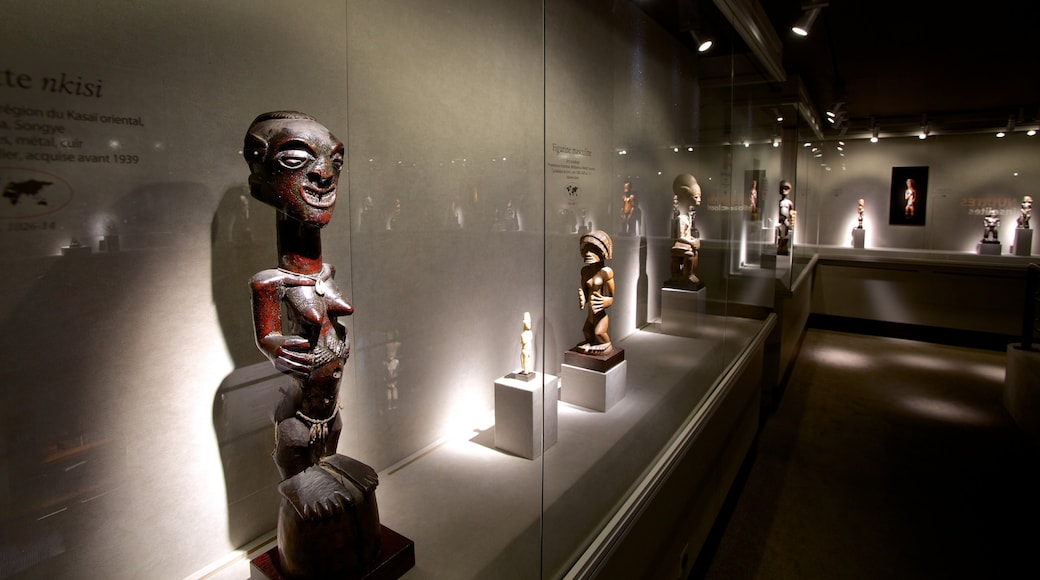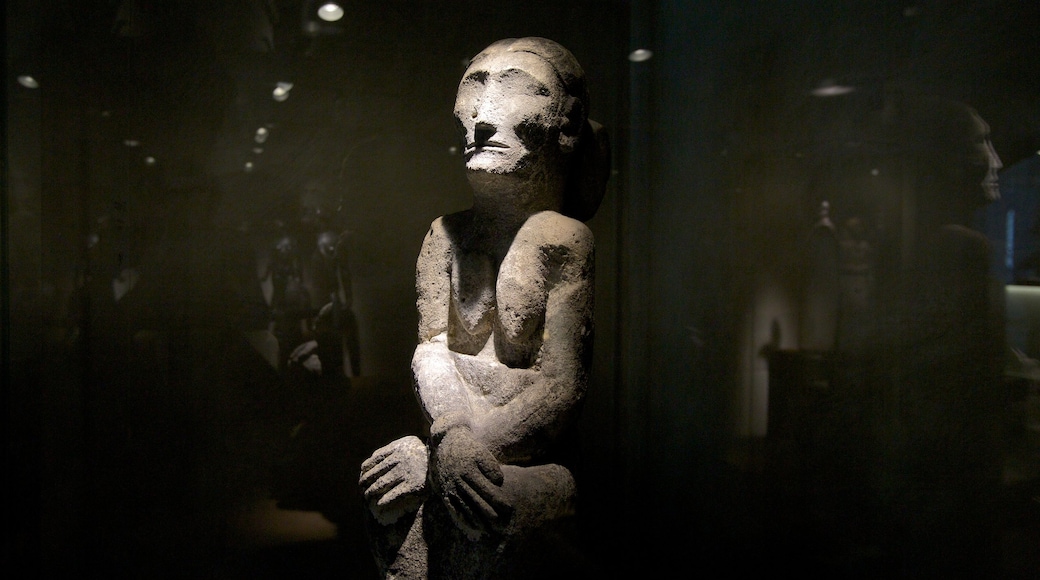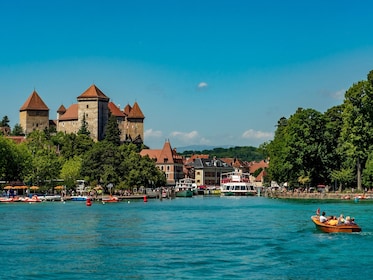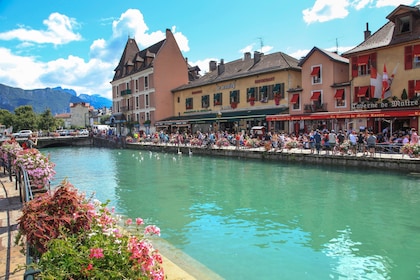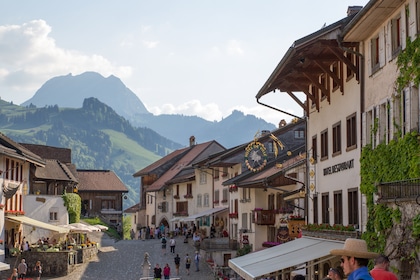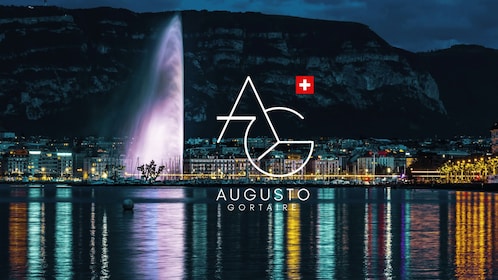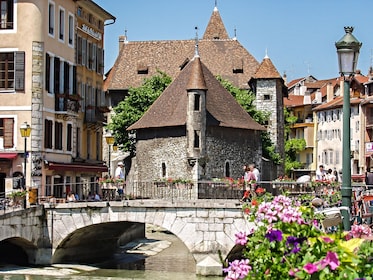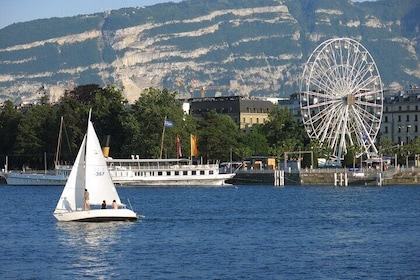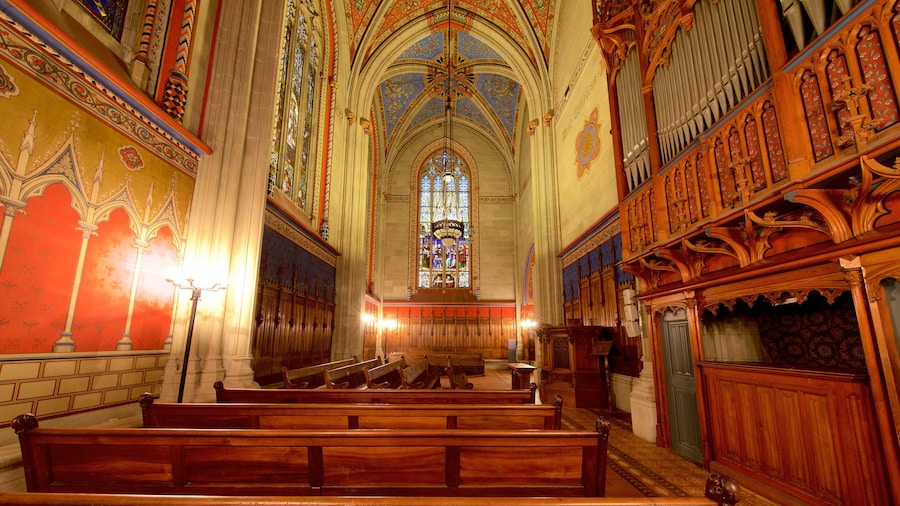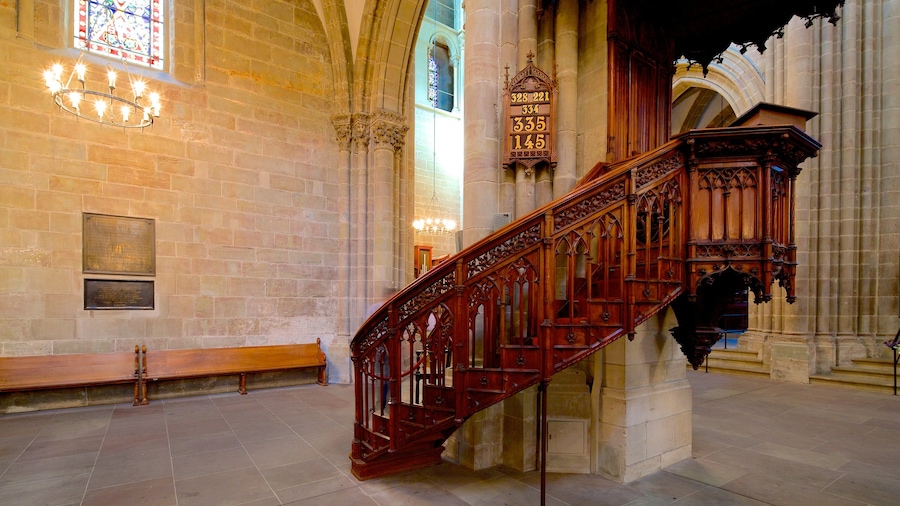Learn about tribal cultures and ancient civilizations through their distinctive art and relics. See why some of the pieces are considered to be masterpieces.
Examine masks, ritual objects, sculptures, and jewels that are thousands of years old when you visit the Barbier-Mueller Archeology Museum. The vast art collection of more than 7,000 pieces includes objects from primitive civilizations throughout the world from places including North America, Africa and Oceania. There are also artifacts from ancient Greece, the time of the pharaohs in Egypt and the Dong Son civilization, a Bronze Age culture from Southeast Asia.
The museum’s origins date back to the 1920s, when private collector Josef Mueller developed an interest in tribal art. Mueller's son-in-law, Jean Paul Barbier, shared this passion, and both men traveled across the globe in search of pieces. Eventually their private collections were brought together to create the outstanding museum that you can see today.
The museum holds two exhibitions per year, each featuring items from the permanent collection. Past exhibitions have included an exploration of how nudity is represented in primitive art and a display of masks from traditional cultures.
As you wander through the exhibition spaces, note the sophistication and high level of detail of some of the pieces, made by people without any formal training. Such is the skill with which they have been created that art lovers no longer refer to them as primitive. Try to determine common themes and artistic touches between artifacts that have come from distant regions. Before your visit, go to the museum’s website to download the audio guide to the current exhibition.
See if you can spot some of the museum’s more notable pieces, which may be on display. They include megalithic monuments from Indonesia and pre-Colombian jade jewellery.
Located in Geneva’s old town, the museum can be reached by several bus routes and trams leaving the city’s main train station, Gare de Cornavin.
The Barbier-Mueller Archeology Museum is open daily throughout the year.
